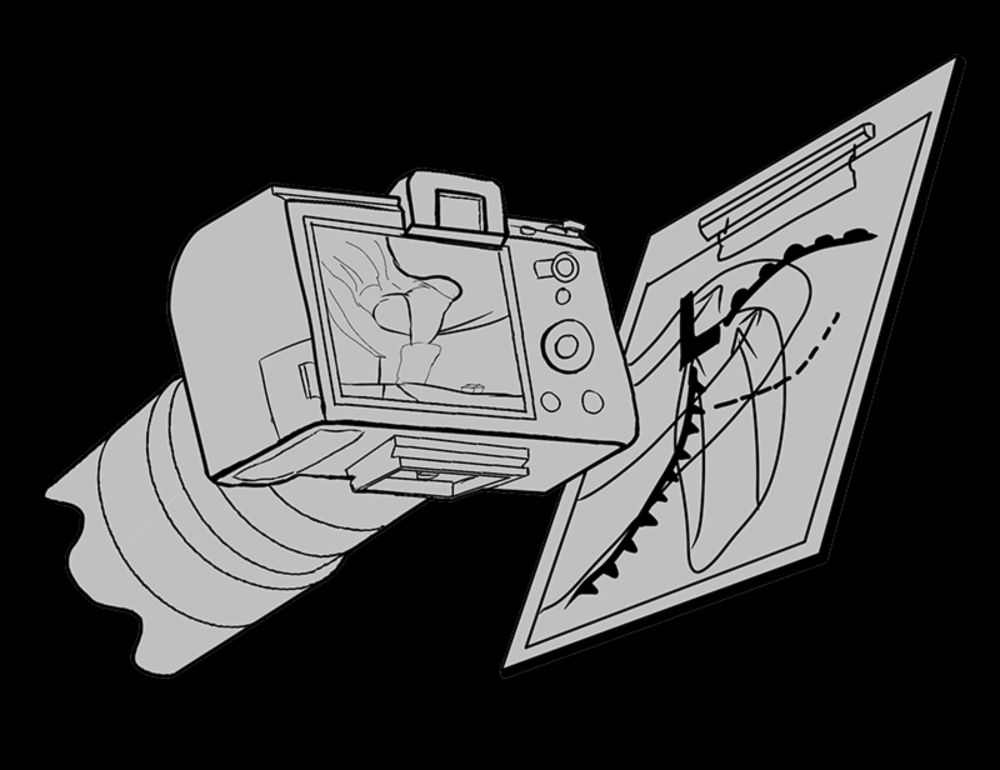Cameron Nixon
@cameronjnixon.bsky.social
3.4K followers
250 following
360 posts
I study storms and chase them
Co-founder of https://chasearchive.com/
Research scientist, Ph.D.
(severe storm environments and interactions)
Norman, OK
https://cameronjnixon.wordpress.com/
Posts
Media
Videos
Starter Packs
Cameron Nixon
@cameronjnixon.bsky.social
· Aug 24
Cameron Nixon
@cameronjnixon.bsky.social
· Aug 22
Cameron Nixon
@cameronjnixon.bsky.social
· Aug 22
Cameron Nixon
@cameronjnixon.bsky.social
· May 19











